|
Visit our keyboard shortcuts docs for details
Have you ever felt stronger as part of a group? The history of the Castillo de San Marcos shows us that there's strength in numbers -- a lesson to remember as we face the challenge posed by climate change. 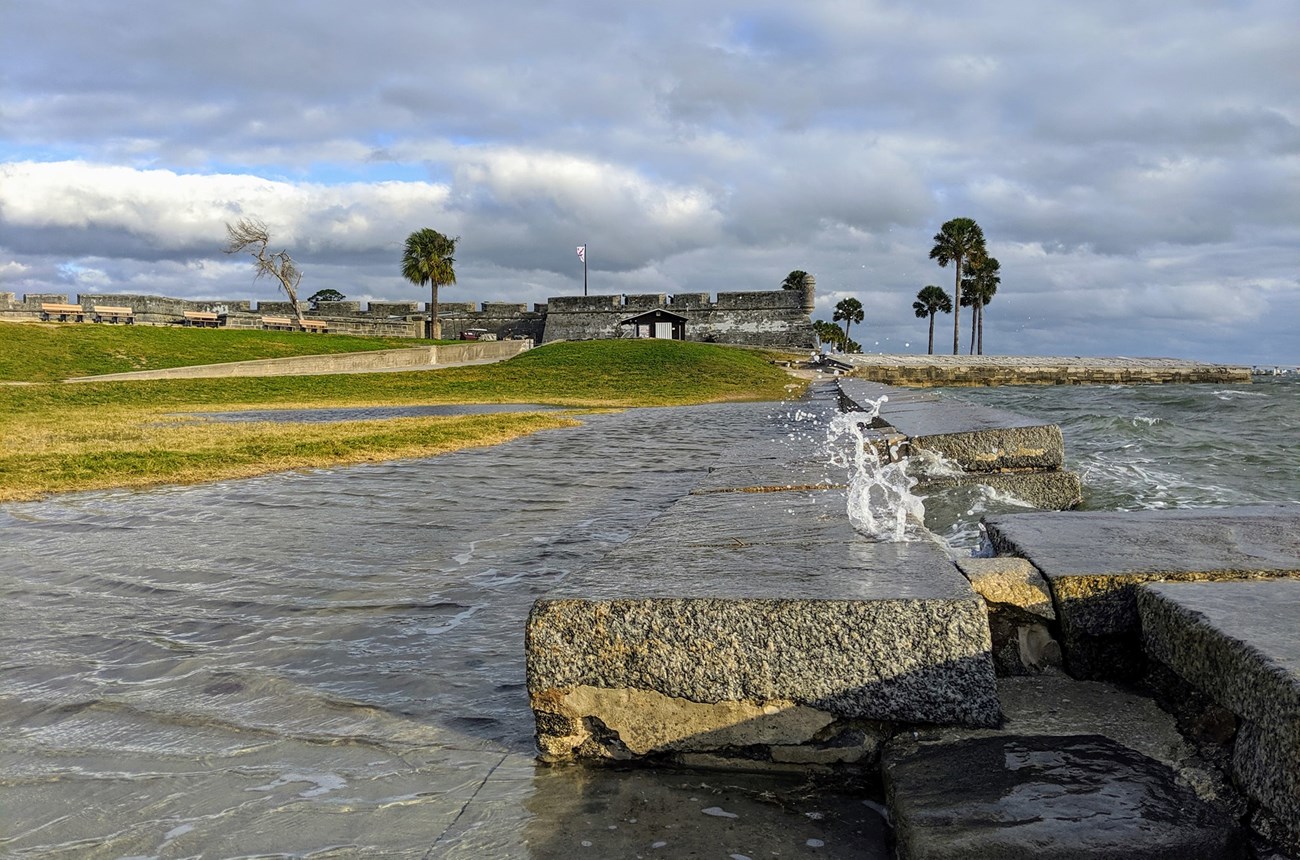
Climate Change and its ImpactsAlthough there is a relationship between weather and climate, they are not the same. Weather is a specific event or condition that happens over a period of hours or days. Climate change describes a pattern of change in the average conditions — such as temperature and rainfall — in a region over many years. NASA scientists have observed Earth’s surface is warming. Explore the science behind climate change. Discover NASA Climate Kids. 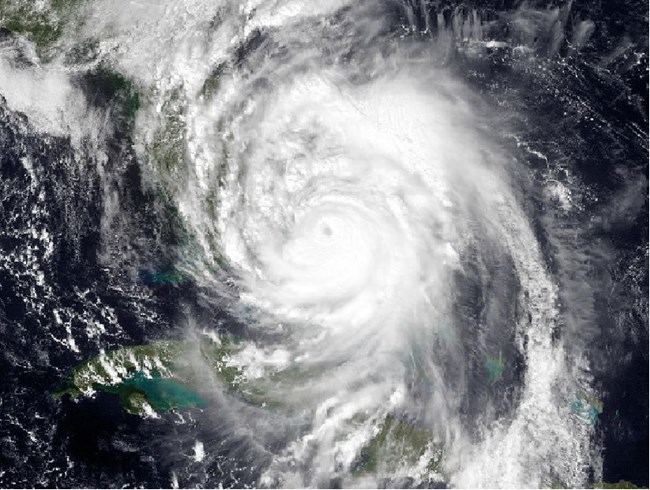
U.S. Naval Research Laboratory Extreme WeatherAs the atmosphere warms, rain and snow patterns change, glacier and polar ice caps melt, and sea levels rise. Climate change contributes to extreme weather: tropical storms, heat waves, droughts, wildfire, rain and flooding, and more. 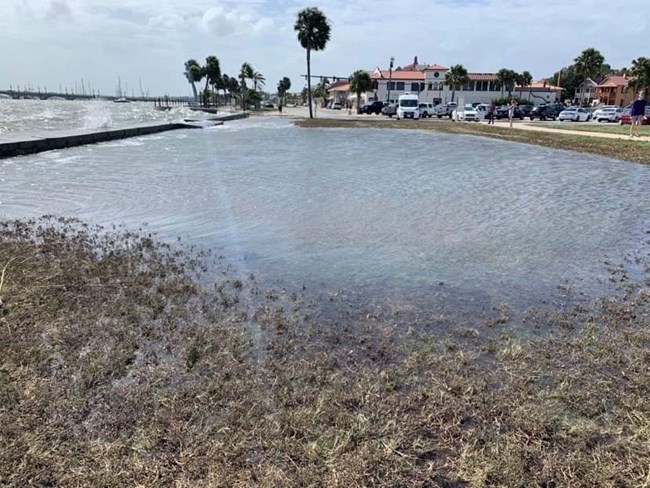
Climate and Human HealthClimate change, together with other natural and human-made health stressors, influences human health in numerous ways. For example, extreme weather, like flooding or hurricanes, can cause injury, premature death, water-borne illnesses, or disrupt food distribution. However, there are steps we can take to protect ourselves. The Centers for Disease Control and Prevention (CDC) has resources to help communities and people prepare for specific health impacts of a changing climate. Taking Action in National ParksClimate Friendly Parks (CFP) ProgramCFP is one of many initiatives supporting the National Park Service Green Parks Plan. The CFP program provides national parks with support to address climate change. The goals of the CFP Program include:
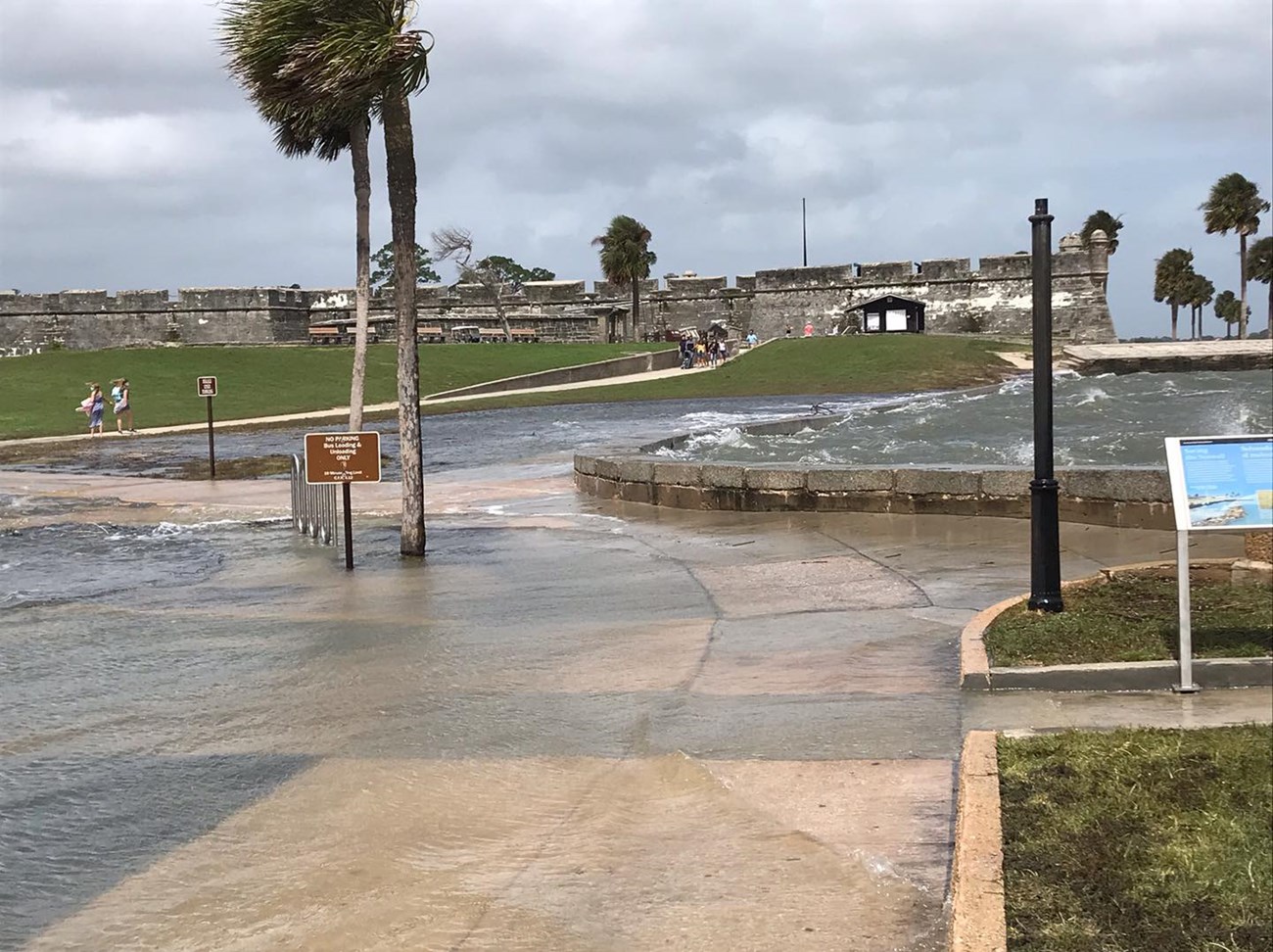
Castillo de San Marcos Seawall Improvement ProjectSince Florida is already at sea level, the effects of climate change are intensified. To combat the flooding caused by rising sea level, wind, and high tides, the park is hosting the Seawall Improvement Project. This is a big project that will have many parts and will take several years to complete, but when finished it will protect park resources. 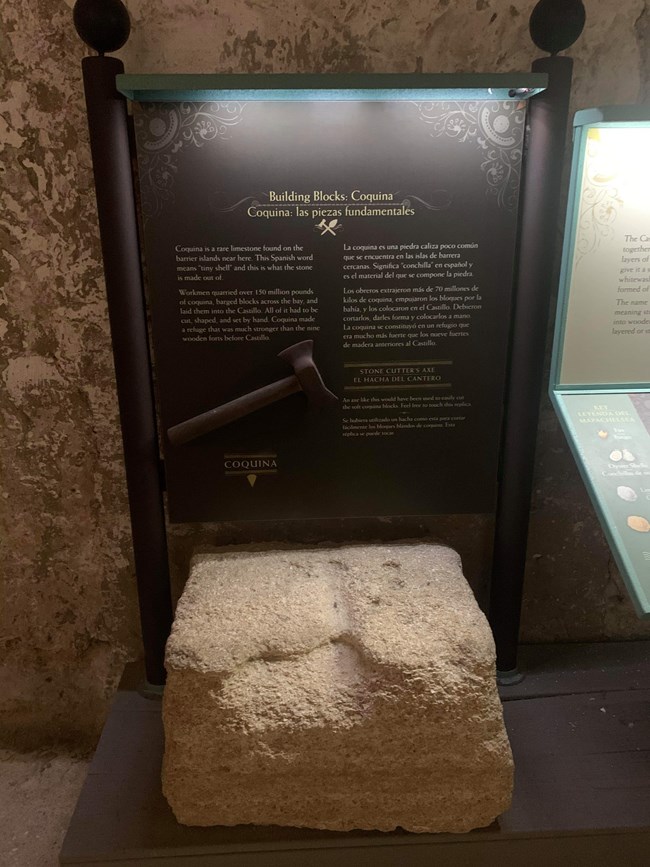
Did you say, "Stay on walkways and keep my hands off the coquina walls?" Great job! By taking this simple action, you can help keep coquina intact and preserve the centuries of history written into the stone.
Over a million people visit Castillo and Fort Matanzas every year. Over time, the pressure from our touch can erode the stone. We want to preserve this treasure for future generations to come and experience the park. Learn more about coquina. This photograph was taken of an exhibit inside the fort. It went on display in 2012, and it encourages the visitor to touch this sample block, instead of the fort's walls. Over time, the square block is being worn away by visitors touching it. Good thing it's just a sample and not the walls of the Castillo! 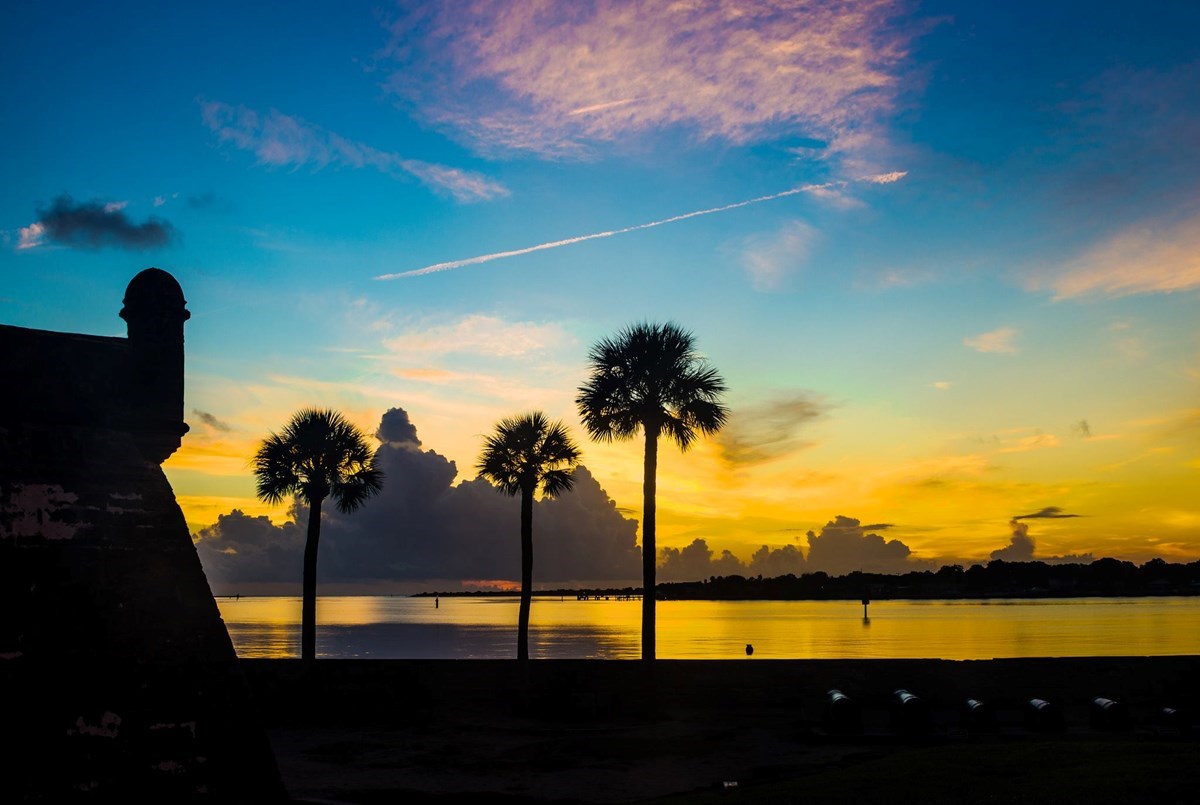
Stronger TogetherAnd—because we are much stronger together—there’s much more we can do! So what other actions—taken as a group over time—can help protect the places we love in the face of climate change? |
Last updated: April 29, 2022
